SNUGGLE UP | ANNA MACDONALD
We think of Anna’s carefully considered work like poetry - where each brush stoke and splash of paint is laden with meaning and purpose. These minimalist works are an exceptional and completely unique addition to Artsnug and we hope you love them as much as we do!
We chatted to Anna to learn more about the Japanese influences behind her work and her process…
When did you first discover you wanted to become an artist?
Art is always something I did, but I never saw myself making a living from it. It was only when I stopped making Art, when I was working and having children, that I realised the importance of having an Art practice.
I excelled in Art at school, but was not supported to choose Art as a career path and was led to believe that being an Artist was not a viable profession, so instead I studied Art History at University. Feeling somewhat unprepared for the ‘real’ world after leaving University I worked in retail and travelled for a couple of years before training to be an Art teacher. About 15 years later I reinstated an Art practice after a serious bout of depression and I knew that I needed to start making Art again. Making Art again was the start of my healing.
Why Art? What do you love about it?
For me, Art helps me connect to my external world, it helps me notice the beauty in nature that I might overlook because I’m so busy. It also encourages me to reflect on my internal world and helps me understand myself more deeply.
What helped you to get to where you are today?
My grandmother. She fostered my love of nature and nurtured my interest in Art, always taking me to exhibitions, buying me books and encouraging me to draw all the time. My husband has been unfailingly supportive of my Art career, and I think that’s because he’s seen the difference it has made to my mental health.
Alice Sheridan, initially my mentor and now a friend - she taught so much about getting your Art business off the ground and how to grow it. Help has been utterly invaluable. Her membership: Connected Artist Club also introduced me to like minded people who are now dear friends. The Other Art Fair was one of the first fairs I took part in and my loyalty remains with them. They have attracted such a diverse range of incredible Artists who inspire and motivate me, but more than that I feel part of a tribe, a family. All there to support each other and to share what it means to be an Artist. Having others to share your experience with is so important.
Tell us about your studio practice. How do you create your artworks and what does a day in the life of Anna look like?
Well, firstly I teach Art in a London secondary school for 3 days a week, so I fit my Art practice around that.
I clear my working space so it helps focus my mind - which is why I keep my studio as clutter free as possible. I work from photos and observational drawings, making sketches that explore colour and mark making. I produce collages that help me experiment with compositions, that I then use to inform large scale painting.
My studio is in my home and although I have desks to work on I often prefer to paint on the floor. My work takes a while to dry and I need to let each layer dry so my family have become adept at manoeuvring themselves around large canvases on the floor!
I spend a long time looking and reflecting on my paintings. The whole process of painting can take me months but it should look like it took me minutes to produce. Because of the minimalist nature of my work I discard work that is not successful rather than working over it.
How does an artwork begin?
Each collection of work I make begins with observational drawings working directly from the source or from photos. I’m interested in observing the colour, shape and texture of the subject matter. I spend months looking at photos of a landscape or plants for examples, until the subject matter becomes very familiar.
How did you find and hone your unique visual language?
Gradually over a period of a couple of years. I used to make representational illustrations of landscape and still life objects but when I resumed my Art practice in 2017 I was drawn to abstraction and minimalism. It took about 2 years to develop a more coherent visual language and understand what the work is about and where it comes from.
What helps you get ‘in the zone’?
I love music just as much as I love art, so I’m always playing music whilst I work. It has a powerful effect on me so I choose my music carefully and have a studio playlist. I listen to a range of music that is mainly calming and instrumental as I find words distracting. Like Nils Frahm, Phil France and Olafur Arnulds.
Where do you get your inspiration from?
Nature. Landscapes I have visited, objects I treasure and plants from my garden. Japanese philosophies such as Shibumi and Ma.
My work also feels autobiographical. The mix of chaos and control in work reflects my personal path. The imperfect beautiful messes and the strive for perfection. I like the two existing together as they exist within me.
Tell us about more about your work’s connection to Japanese aesthetics
Shibumi (Shibui) refers to a particular aesthetic of simple, subtle, and unobtrusive beauty. The over arching theme is a complex process which is not evident in the outcome. It is underpinned by 7 principles, all of which I use in my work:
Austerity
Simplicity
Tranquility
Asymmetry or imperfection
A reverence of nature
A break from routine /something different or unexpected
Subtlety
I’m also interested in Ma, a philosophical concept of the space between the edges, between the beginning and end, the space in between - literally meaning gap, space, or pause.
What do you hope that your work communicates to the world?
That beauty is found in the simplest of forms, even the spaces between those forms. Those spaces make us, pause and soak up the tranquility.
What is your ‘Je ne sais quoi’? That special something that makes your artwork unique.
My less is more approach, in a world that wants you to do and have more, more, more.
Anna Macdonald’s ‘Llyn Du III’
What was the first piece of art that moved you?
In my late teens I was watching TV and stumbled across the work of Frida Kahlo. I was absolutely mesmerised by her powerful imagery and now, 30 years later, her paintings never fail to move me.
What are your current obsessions, fascinations, or favourite things?
Dead leaves and sunlight.
How do you nurture and take care of your creative soul?
Seeing other artists who inspire me and talking about art regularly with my artist friends. Teaching art means I’m also thinking, learning and making art exhibits.
Being in nature and drawing is so helpful and gives me much inspiration. It’s also important to pause from constantly creating, at least it is for me, so I’m now more attuned to how my energy levels fluctuate from season to season. I feel very creative and energised in the warmer months and less so in the winter. I’m learning to go with this and not force creativity in the dark slow months. I use this time instead to introspect and get organised which is why I created my two courses; the Artist’s Bullet Journal and the Artist Laptop. They’re both designed to help artists organise their time and their digital life so they can get on with creating.
What is your current favourite piece in your own body of work?
My favourite piece is a very large piece from my Fossil series, titled Two Fossils, which has still not made it onto my website. It hangs in my studio and reminds me of my mother and grandmother who I lost when I was young. Fossils are the physical memory of something that once lived, and like to think of my mother and grandmother like fossils. They still exist within me, even though their bodies no longer do.
And lastly, If you could choose three pieces of work from Artsnug to ‘snuggle up with’ which would they be?
Anything from Sarah Weedon, Carrie Jean Goldsmith and Jonathan Lawes.



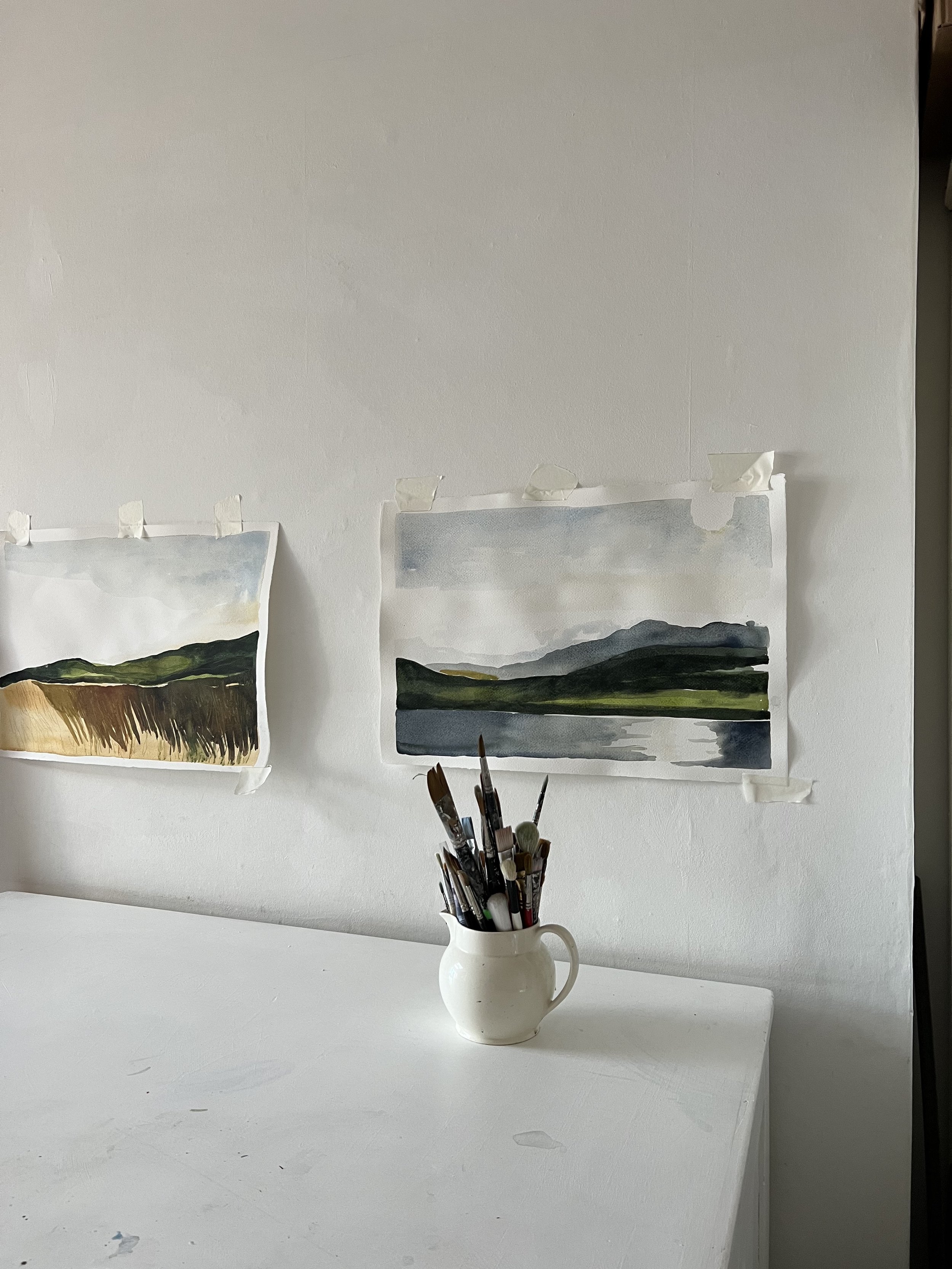
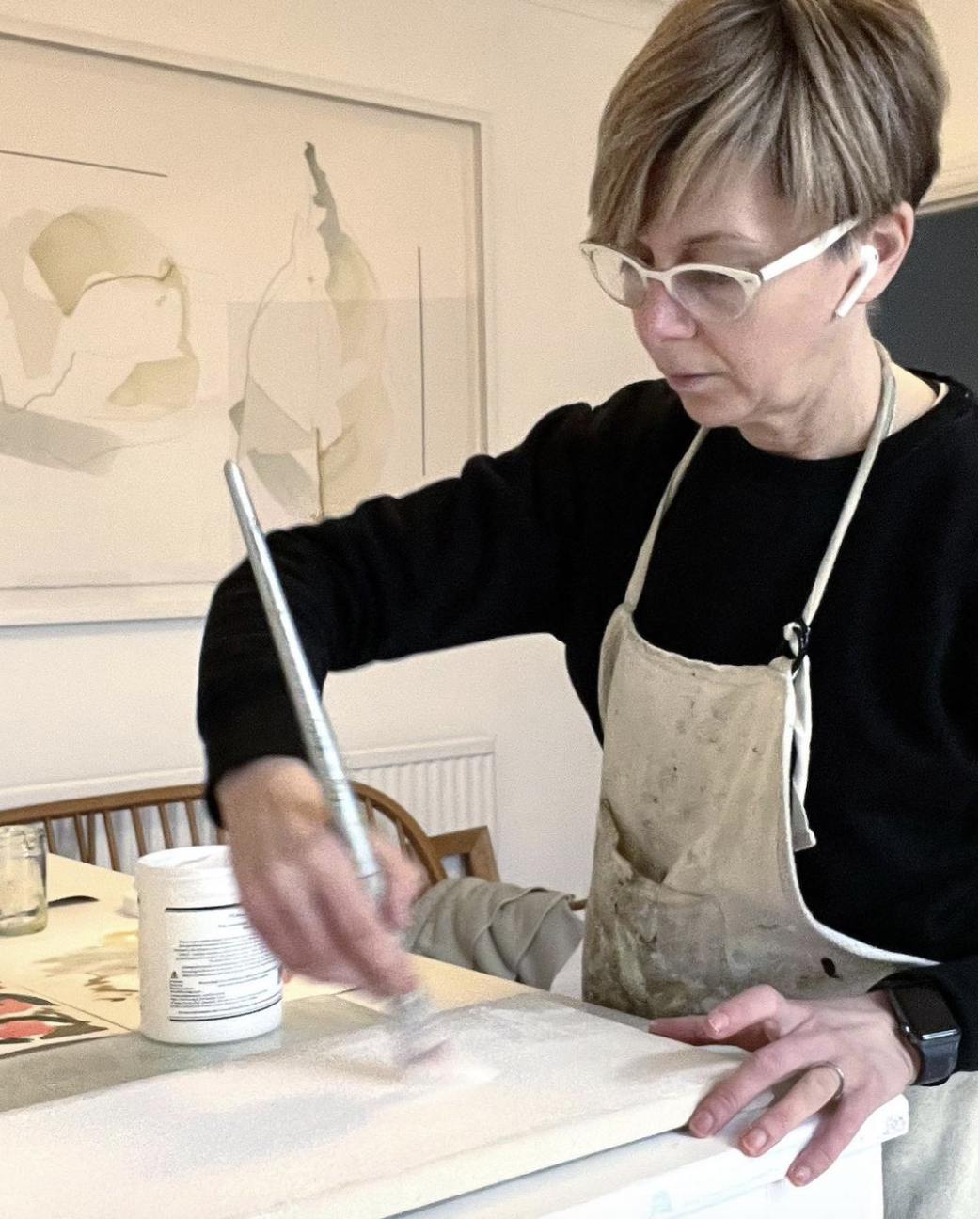
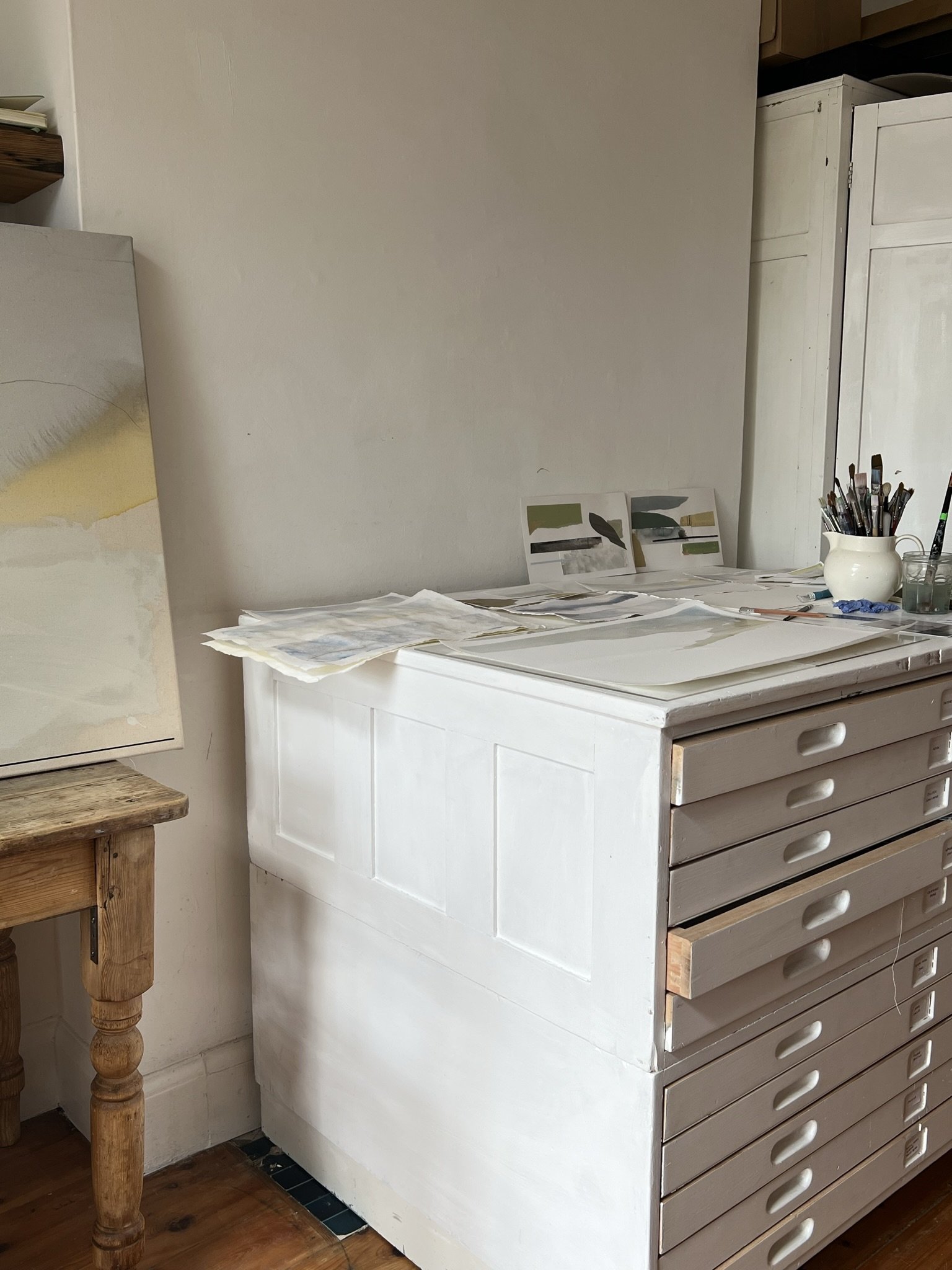
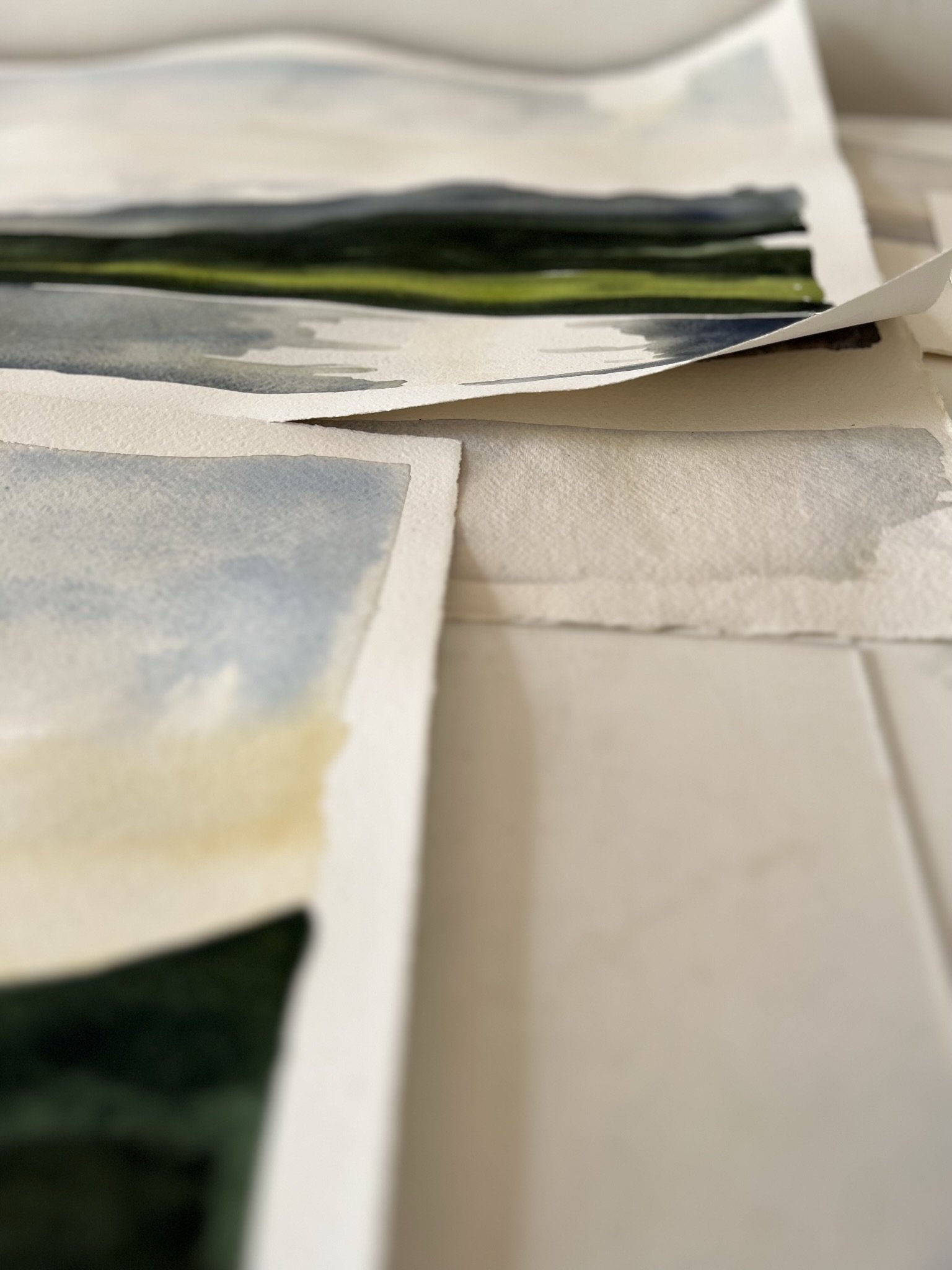


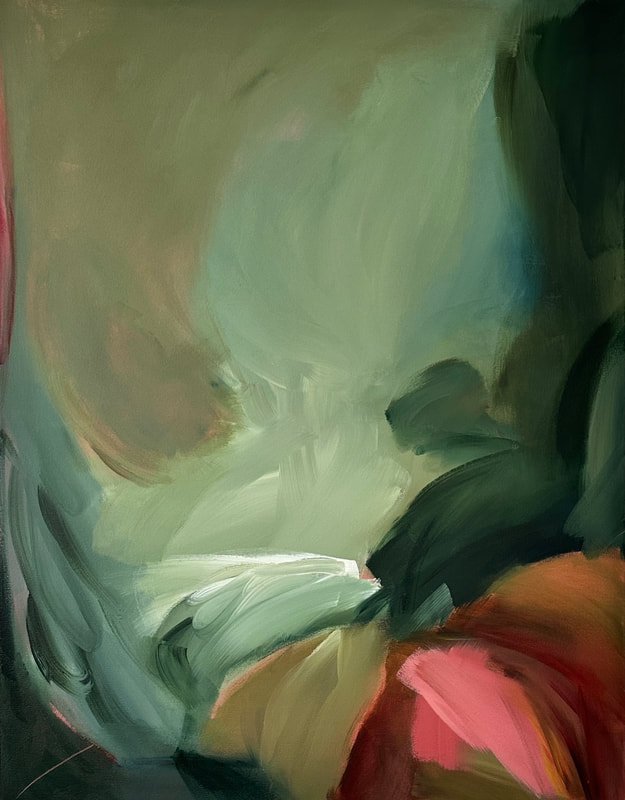
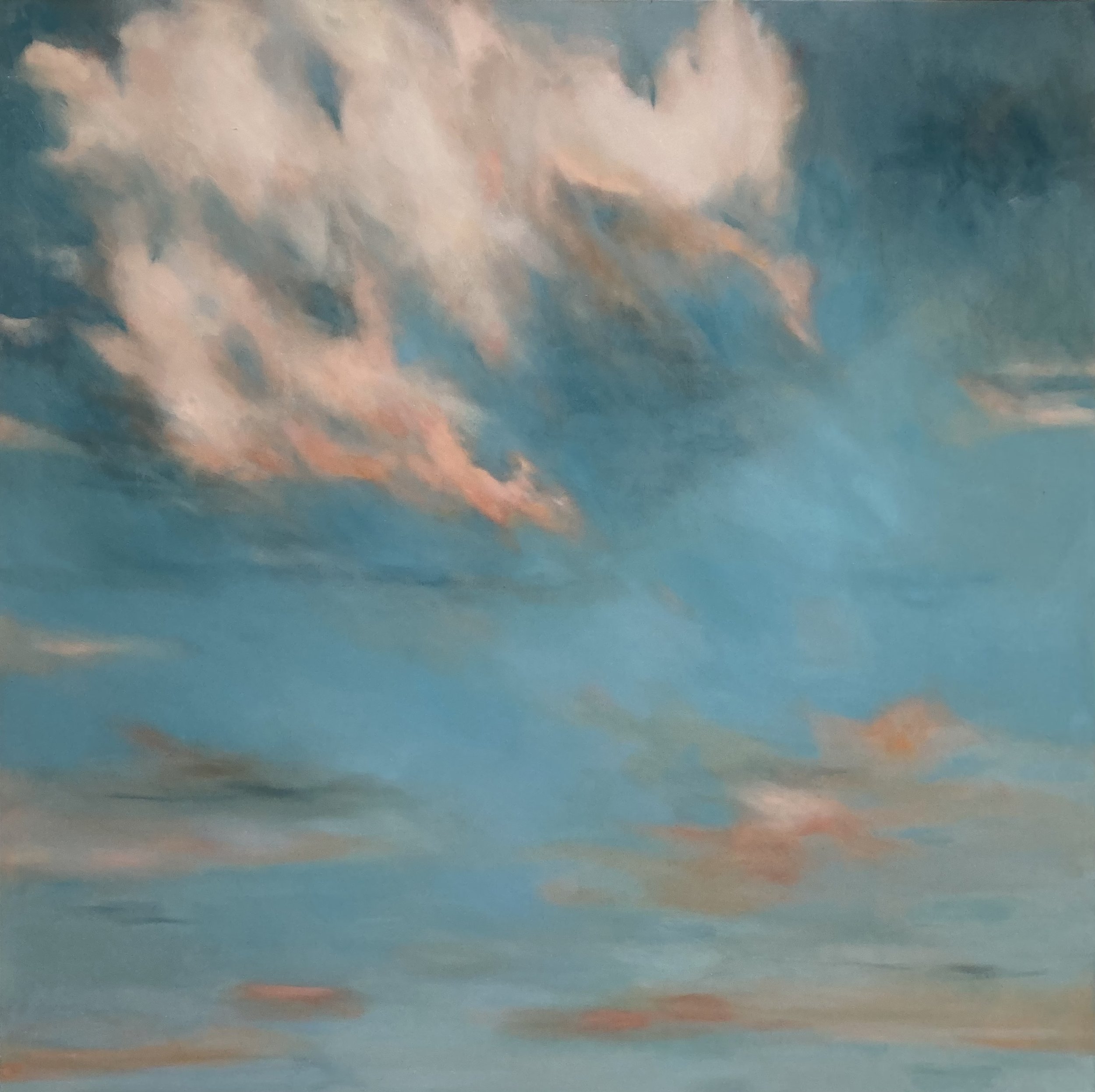
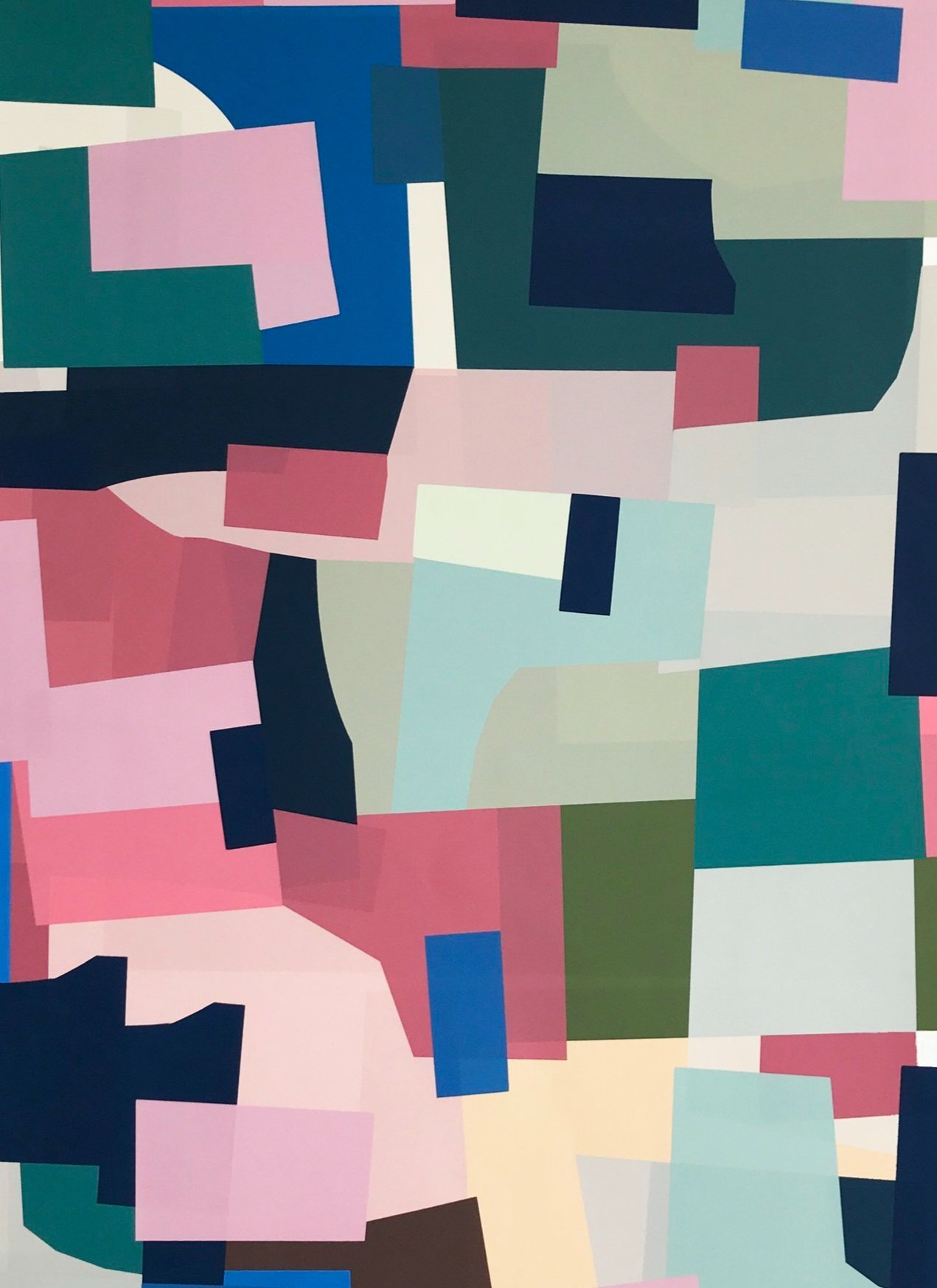




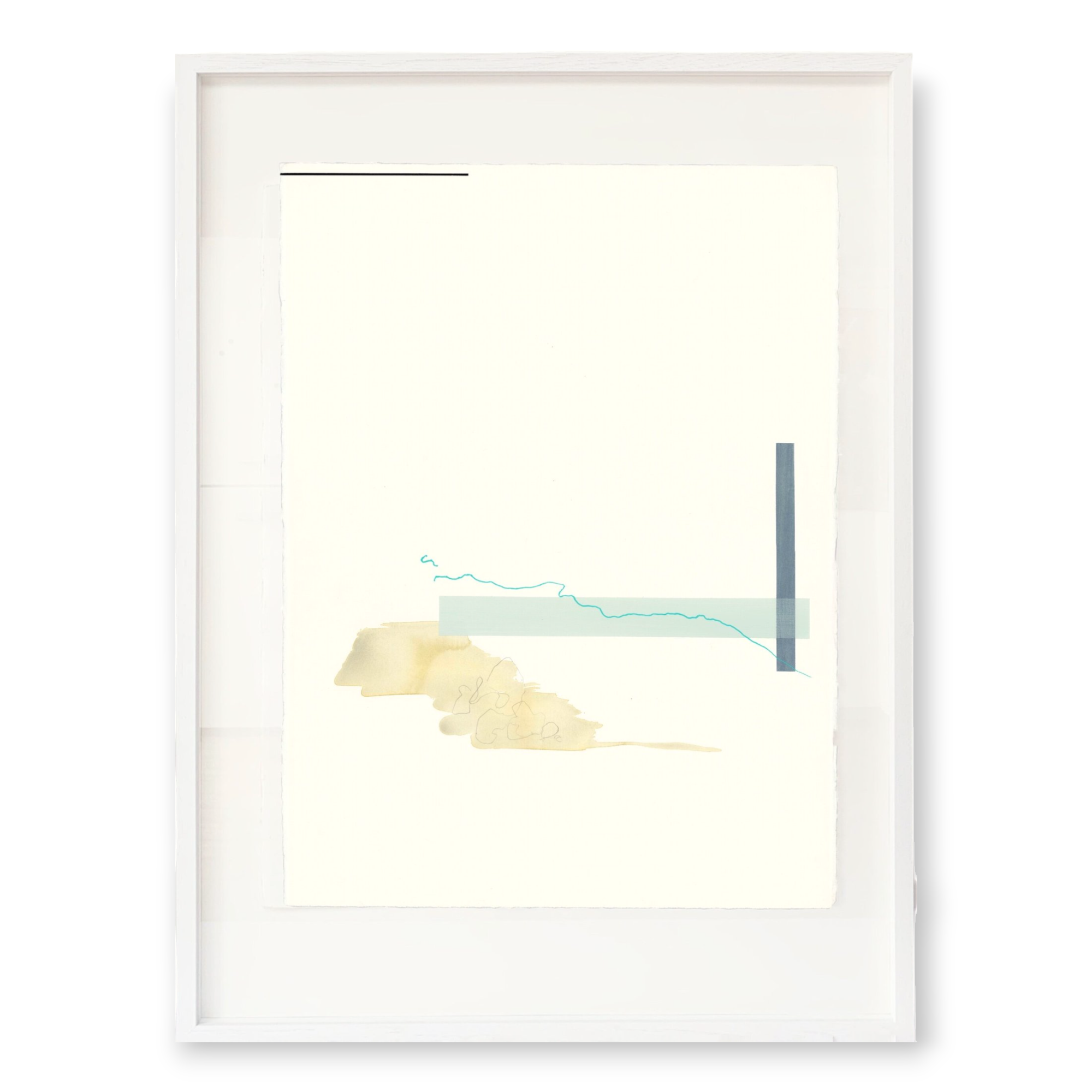
framed original painting